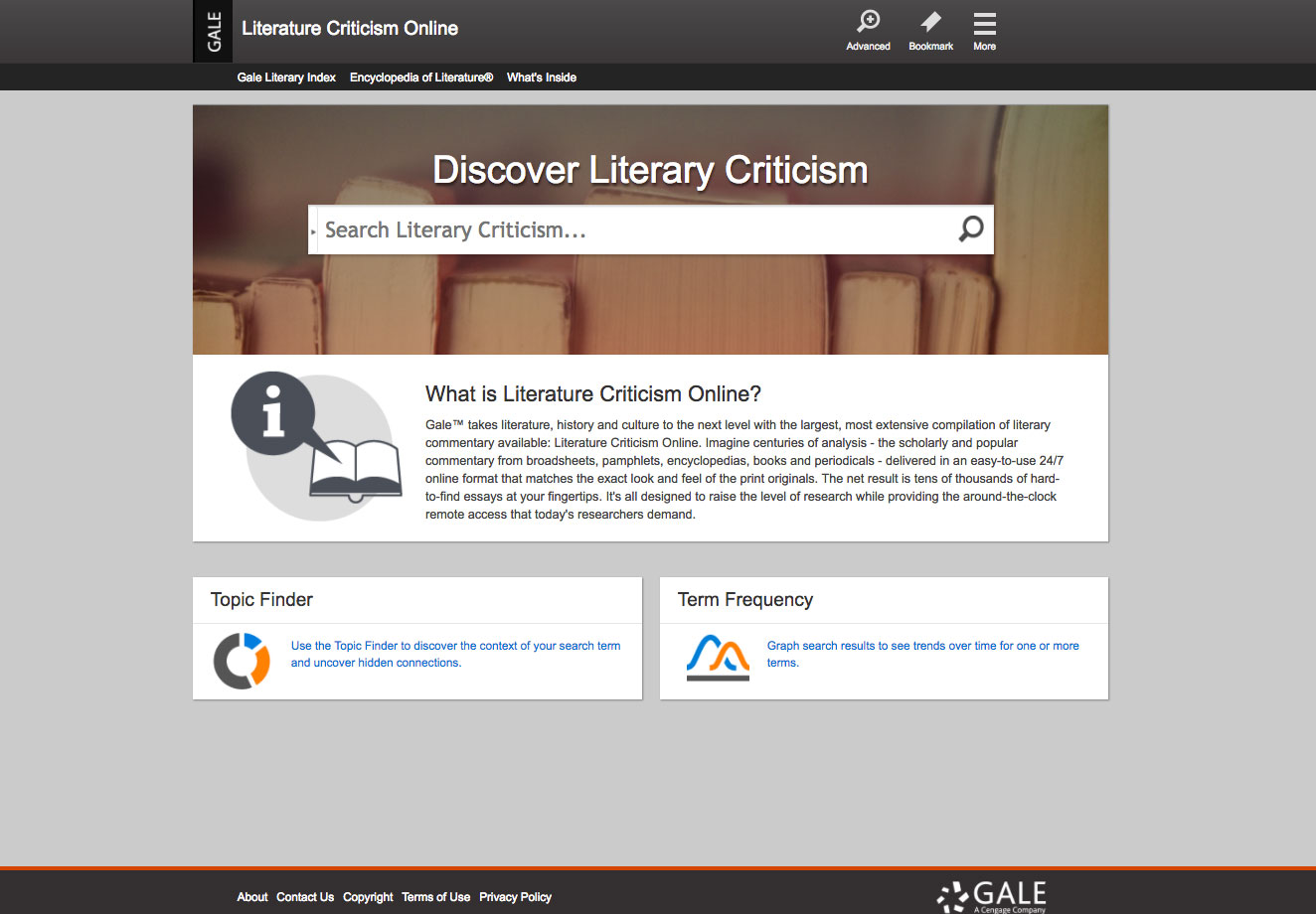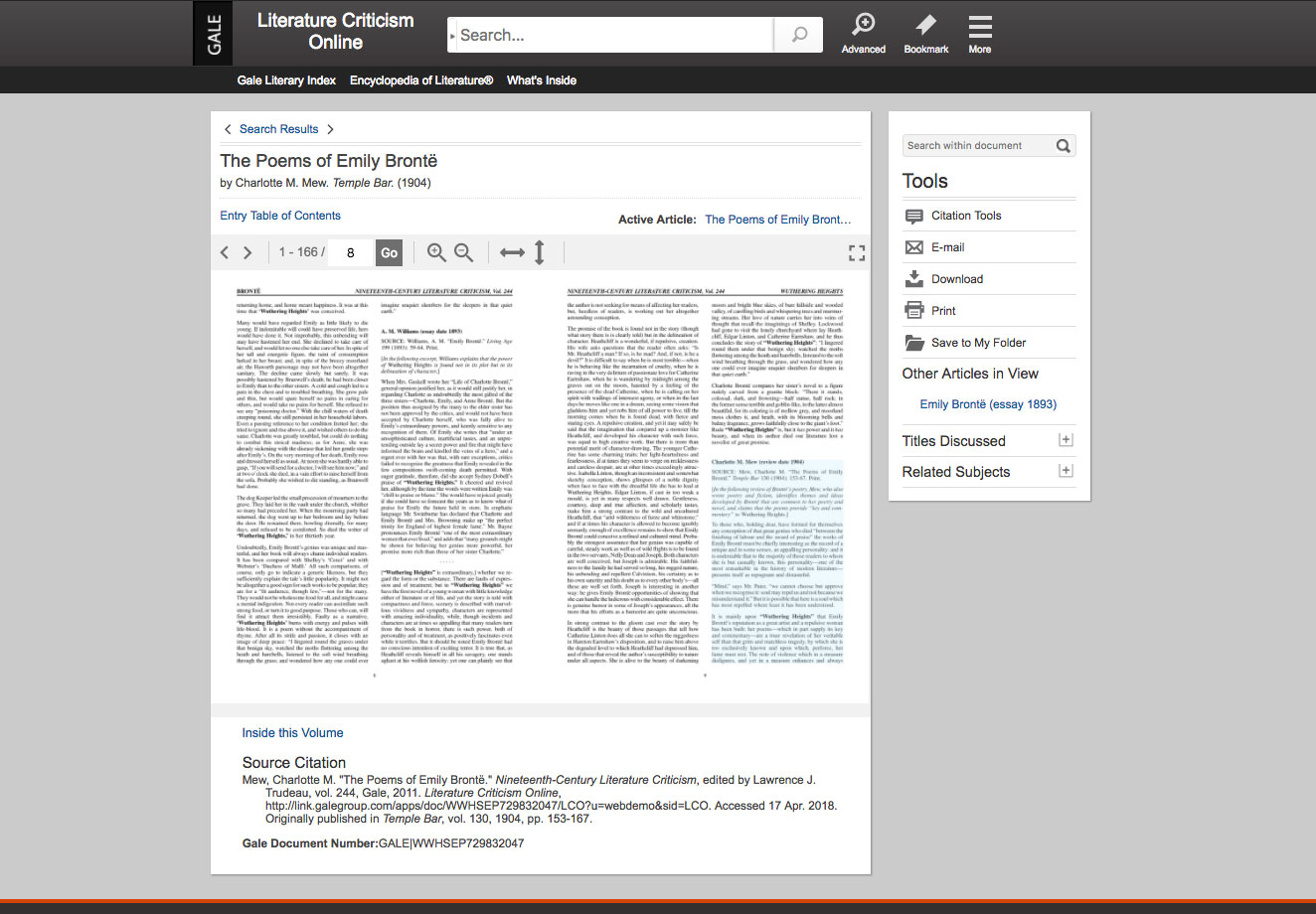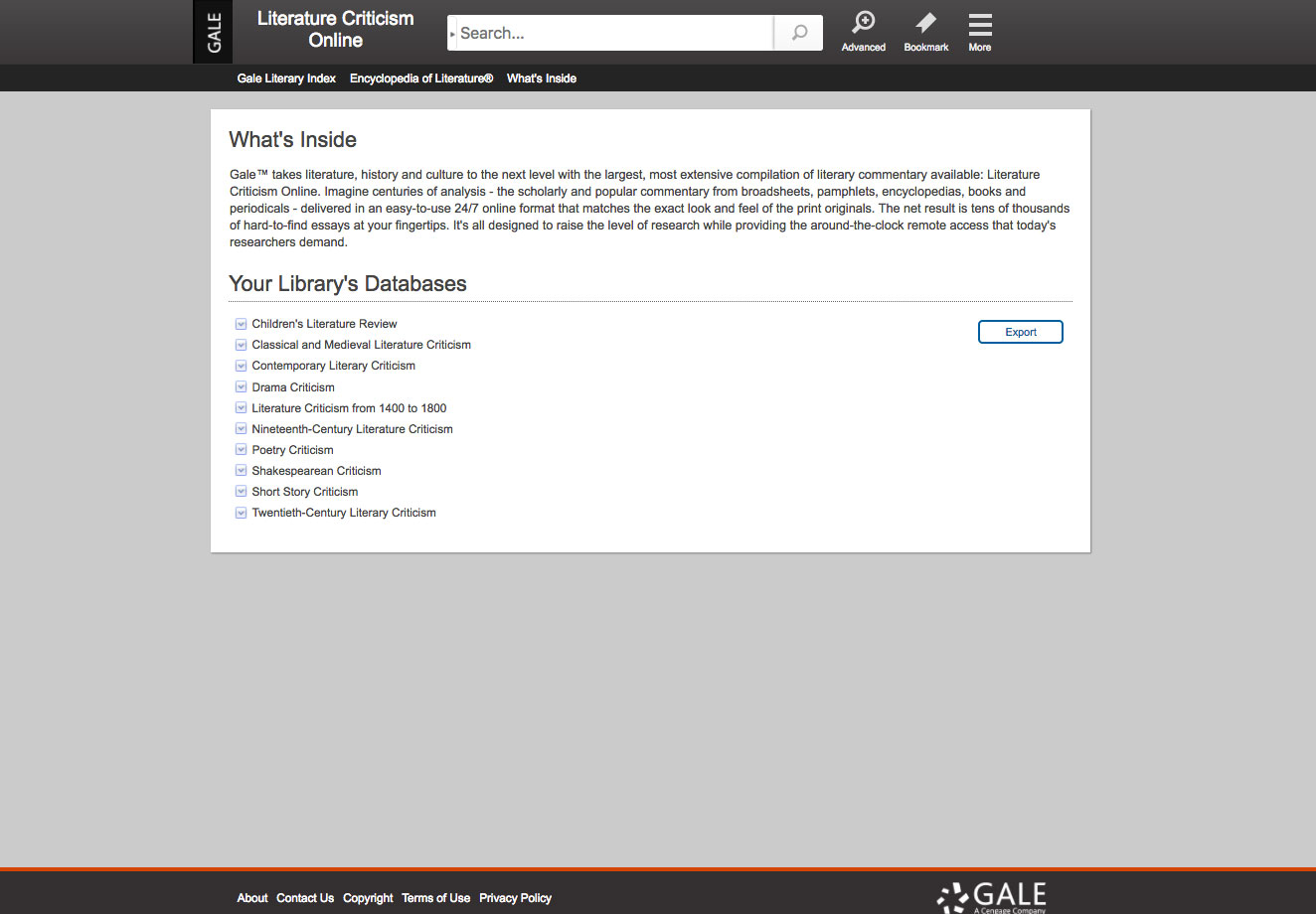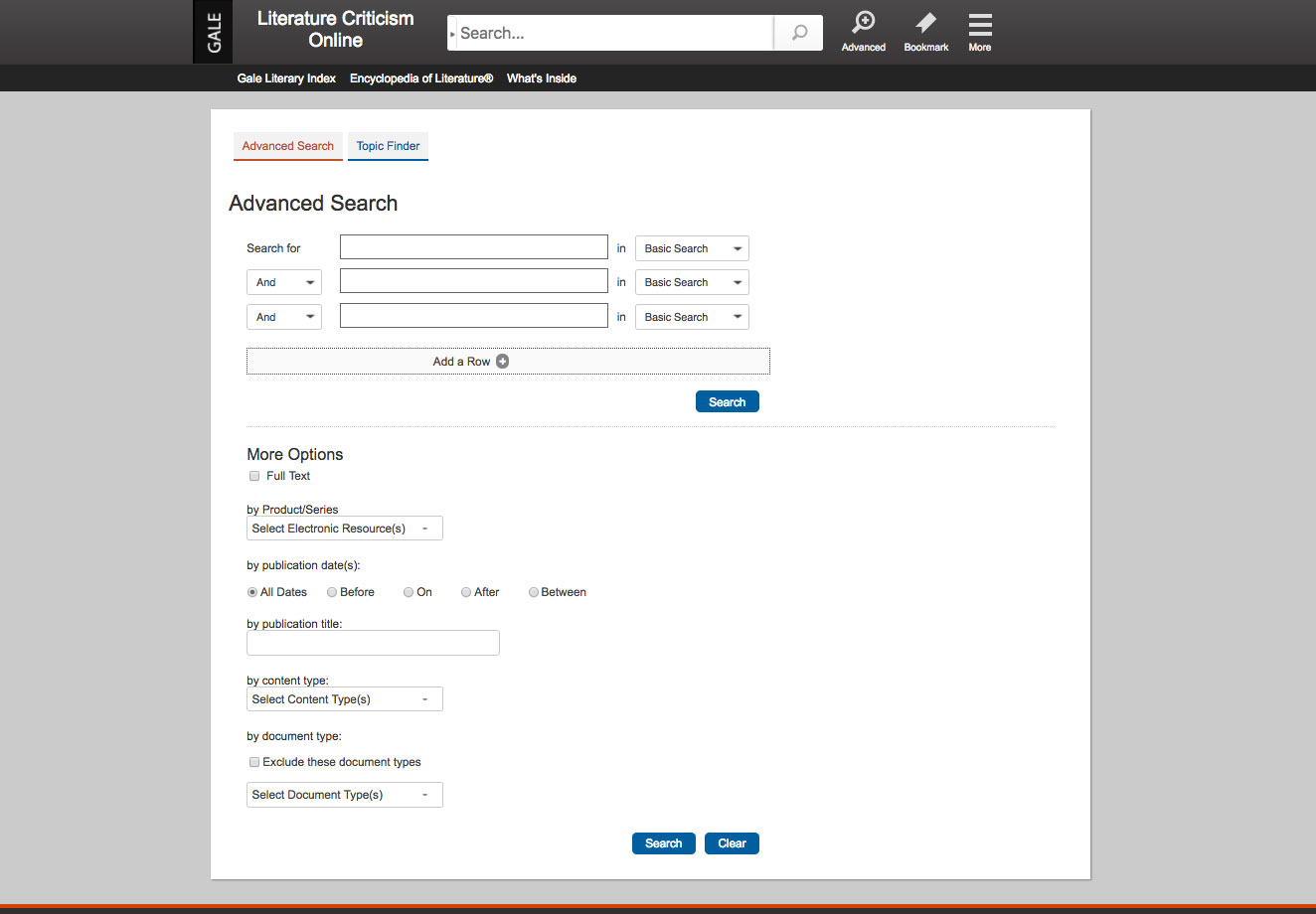Critical Responses to the most influential Literature of the 19th Century
Nineteenth-Century Literature Criticism assembles critical responses to the works of nineteenth-century writers of all genres—novelists, poets, playwrights, journalists, philosophers, political leaders, scientists, mathematicians and other creative writers from every region of the world.
The series currently covers nearly 600 authors and also includes numerous entries focusing on literary topics and individual works. Students writing papers or class presentations, instructors preparing syllabi, or anyone seeking a deeper understanding of the nineteenth century will find this a highly useful resource.
Each volume in this long-standing series profiles approximately four to eight literary figures who died between 1800 and 1899 by providing full-text or excerpted criticism reproduced from books, magazines, literary reviews, newspapers and scholarly journals, allowing end-users to engage with a variety of scholarly views and conversations about authors, works and literary topics.
Each group of carefully selected critical responses is preceded by a clear, accessible introductory essay. These essays are written, and entries compiled, by professional literature researchers and other subject matter experts; many include an author portrait. Each of the approximately 50 essays per volume includes a full citation and annotation.
Look Inside
Additional Details
subjects covered
- Comparative Literature
- Creative Writing
- English Language
- English Literature
- History
- Language Teaching and Learning
- Linguistics
- Literature
- Publishing
- Theatre Studies
Platform Features & Tools
Topic Finder
By grouping commonly occurring themes, this tool reveals hidden connections within search terms—helping to shape research by integrating diverse content with relevant information.
Collaboration Tools
Integrated G Suite for Education and Microsoft Office 365 tools enable users to share, save, and download content—including highlights and notes.
Term Frequency
Researchers can see the frequency of search terms within sets of content to begin identifying central themes and assessing how individuals, events, and ideas interact and develop over time.












